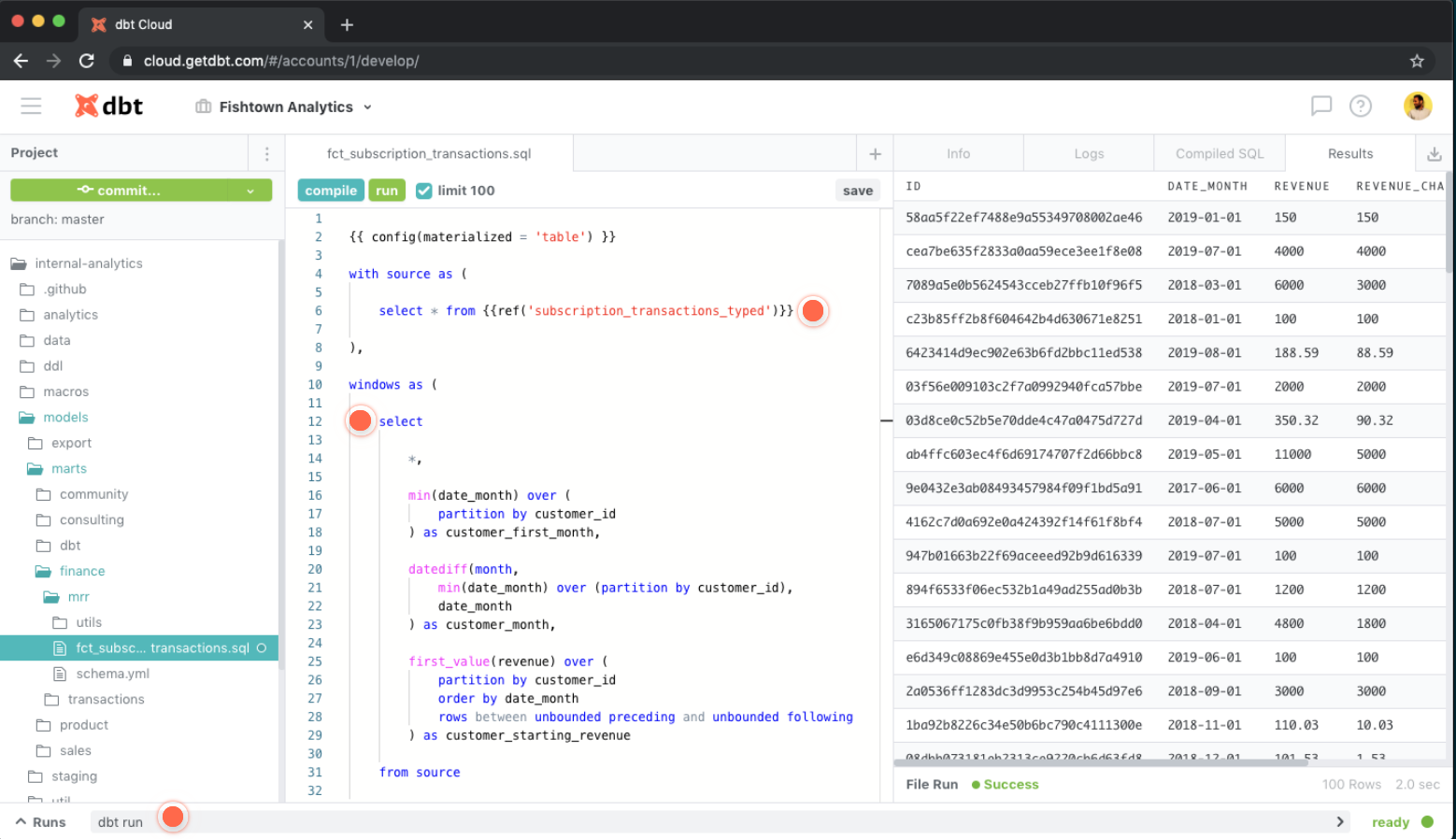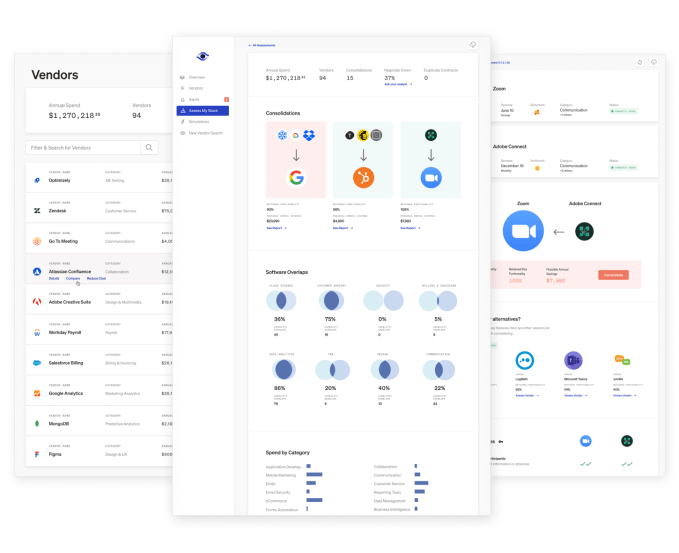News: Only 72 hours left until early-bird savings end for TC Sessions: Space 2020
We’re just about a month away from TC Sessions: Space 2020, a two-day conference dedicated to bold visionaries with the passion, audacity and technical skills to chart a new course in space. Fun fact: A bold visionary likes a good deal as much as the next one. But timing is everything. The deadline for securing
We’re just about a month away from TC Sessions: Space 2020, a two-day conference dedicated to bold visionaries with the passion, audacity and technical skills to chart a new course in space. Fun fact: A bold visionary likes a good deal as much as the next one.
But timing is everything. The deadline for securing the early-bird price expires in just 72 hours. Buy your pass before prices go up on stardate 98468.52 (aka 11.13.20 at 11:59 p.m. PST) and save $100.
If you’re looking for more ways to save, we’ve got you covered. We offer group discount passes ($100 each — bring four team members and get the fifth one free); student discounts ($50); and discounts for government, military and nonprofits ($95). If you subscribe to Extra Crunch, knock an extra 20% off the price of admission.
Your pass provides access to all live sessions and video on demand, making it easy to network with attendees or conduct other business during your day. Plus, you don’t have to choose between presentations that air simultaneously.
What can you expect on this space odyssey? You’ll hear from — and get to engage with — some of the most important movers and shakers across public, private and defense sectors. Enjoy interviews, panel discussions, breakout sessions and interactive Q&As geared to help early-stage startups build and succeed.
Here’s a taste of what we have on tap. Check out the event agenda to strategize your schedule.
Fast Money — The Space Force Accelerators: Learn how the Hyperspace Challenge, Catalyst Space Accelerator and other government accelerators can connect you to the U.S. Space Force.
Ground Control to Major Tom: Data connectivity and communications are key to commercial space monetization and the strategic plans for further space exploration and development. Hear from the key players about the state of play in the industry.
In Space, No One Can Change Your Oil — Yet: Once a spacecraft is in orbit, it’s on its own — but what if it could be refueled, repaired, refurbished and, if necessary, retired? OrbitFab founder Daniel Faber and Astroscale U.S. President Ron Lopez discuss how in-space operations could upend today’s engineering and business models.
Hot Tip: Looking to increase engagement and exposure for your space startup? Buy a Startup Exhibitor Package and you’ll get five minutes to pitch your company live to thousands of global attendees.
No matter where you fall in the early-stage startup ecosystem, TC Sessions: Space 2020 is dedicated to helping visionaries like you succeed. Join your people at the best possible rate and secure your pass before the early-bird deal expires in 72 hours on 11.13.20 at 11:59 p.m. PST. Make it so.
Is your company interested in sponsoring TC Sessions: Space 2020? Click here to talk with us about available opportunities.






